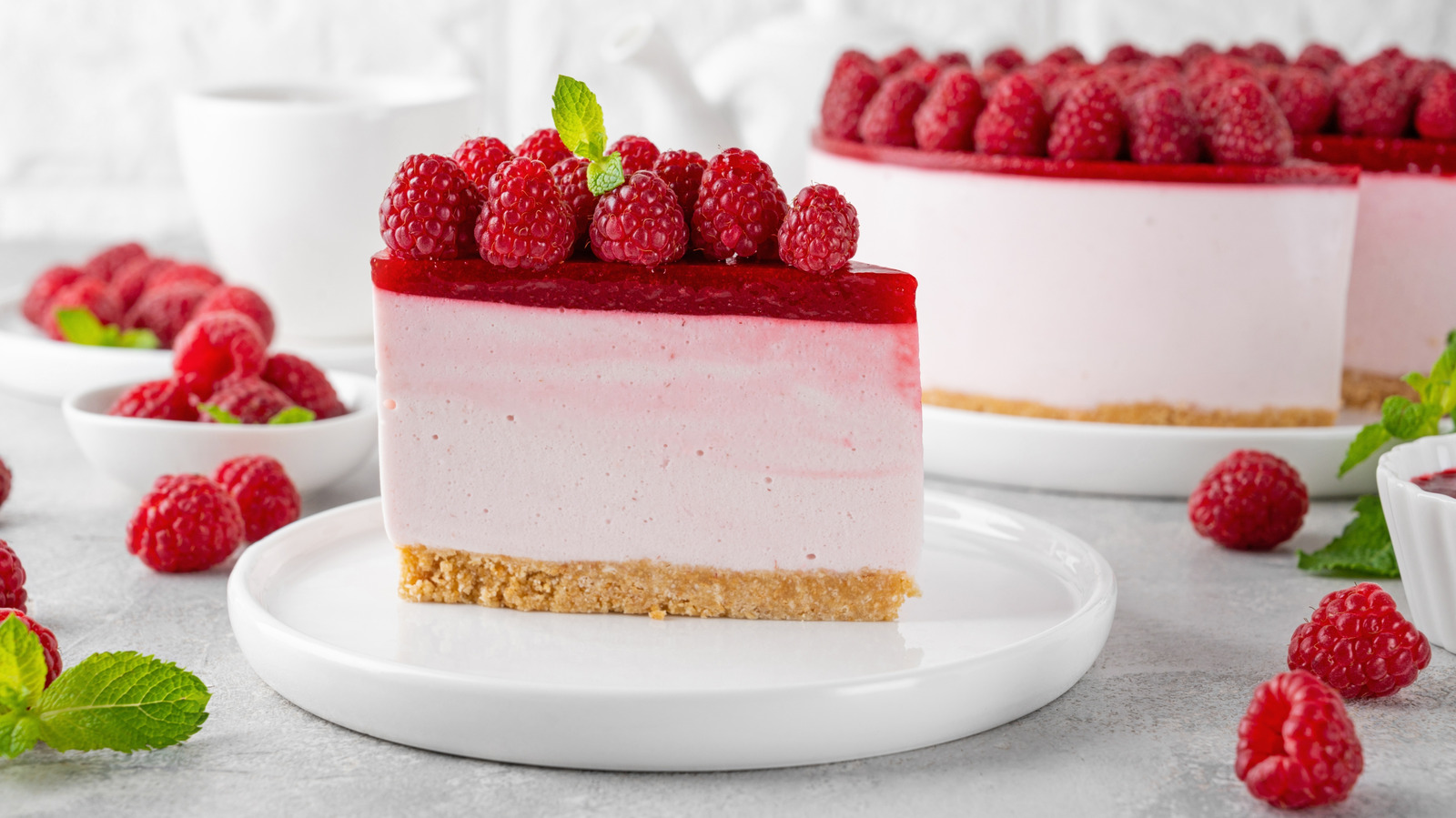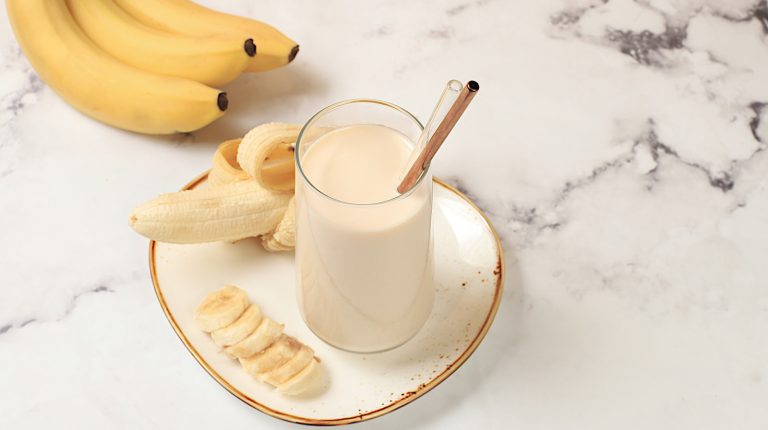Baked cheesecakes are notoriously fussy; tweak one little thing in the recipe and you’ll end up with a cracked top, a giant heap of dishes, and severely tested patience. Thankfully, no-bake cheesecakes exist and are the perfect compromise for those of us craving the cold, creamy dessert without having to deal with any baking hubbub. And yet even a no-bake cheesecake can cause gray hairs to grow if it fails to set because the filling has become irretrievably soft. The culprit behind this error? Warm cream cheese.
A classic New York-style cheesecake is made with eggs, which help the dessert set once it’s baked and chilled. Its no-bake cousin, on the other hand, doesn’t have eggs and instead sets by cooling in the fridge over the course of many hours. This means that you have to ensure all the ingredients in your no-bake cheesecake are able to firm up when chilled. Cream cheese is the trickiest ingredient in the mix because once its consistency becomes too soft, it won’t be able to regain its previous solidity again.
When you’re using a stand mixer to whip up the cheesecake filling, the mixing process simultaneously warms up the cream cheese — so if you’re already starting with cheese that’s way too soft, the mixing will further soften it past the point of no return. Therefore, using chilled or room-temperature but still firm cream cheese is crucial to avoid any mistakes.
Will cold cream cheese create a lumpy cheesecake?
If you’ve ever heard that using cold cream cheese in your cheesecake will create a lumpy, texturally imperfect cake, you must be wondering why we’re giving you conflicting advice. The truth is that the ideal temperature of your ingredients depends on the specific recipe you’re following — some are more forgiving than others or even call for a stabilizer like gelatin. A common technique for creating the filling is mixing the cream cheese and the heavy cream together, which is where the warm temperature of the cheese becomes a problem, as it also warms up the cream and makes the whole filling mix too soft. But if the cream cheese is too cold, this same technique will also create lumps, correct.
A more reliable technique for a firm and non-lumpy cake is to simply whip up the cream and the cheese separately, then combine them together with a spatula. This gives you full control over the temperature, and therefore the texture, of the two key ingredients. You’re able to whip up the heavy cream to firmness and the cream cheese to desired smoothness, then combine them together manually. It might take slightly longer to make, but you should never rush the no-bake cheesecake. Finally, not all types of cream cheese are suitable for your cheesecake; make sure you’re going with block cream cheese rather than the soft, spreadable kind, to ensure a well-set filling.






